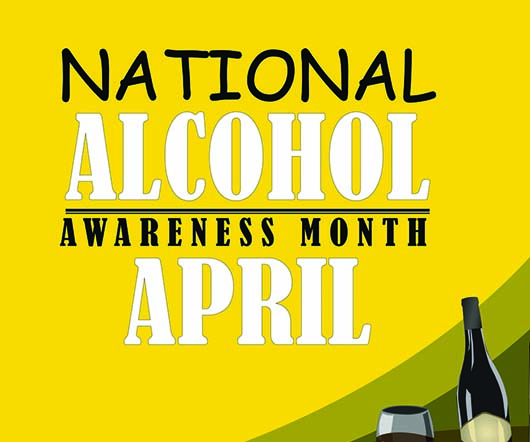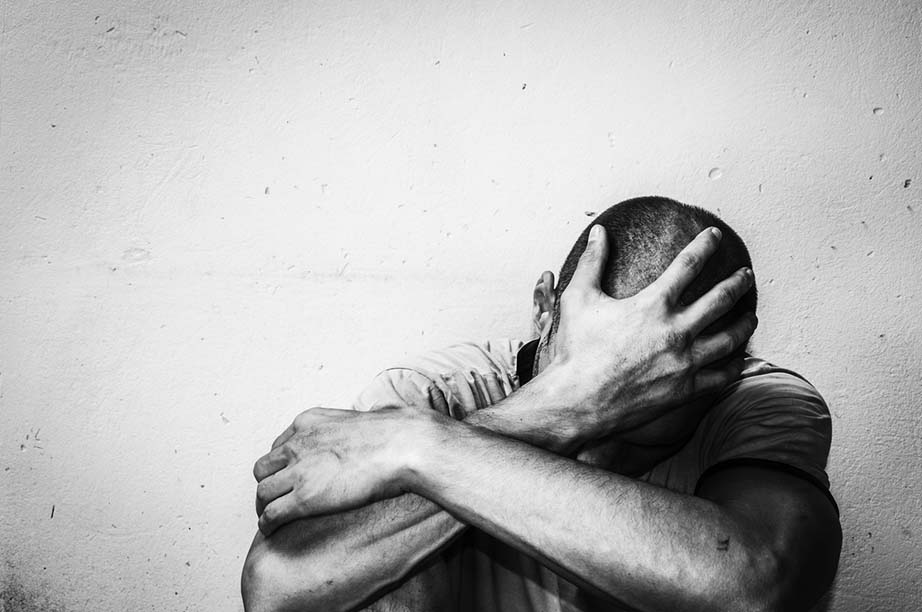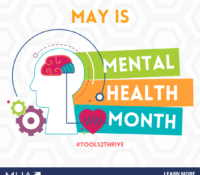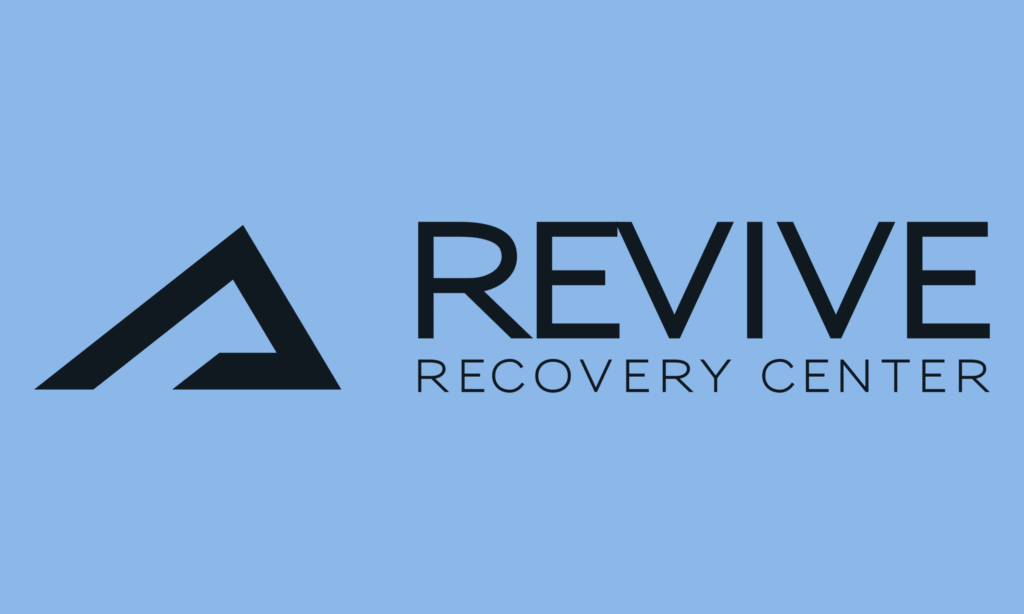When Meghan Markle revealed she has struggled with depression and thoughts of suicide, not everyone had words of empathy for the American member of the British royal family and former...
When Meghan Markle revealed she has struggled with depression and thoughts of suicide, not everyone had words of empathy for the American member of the British royal family and former actress.
Instead, what she said about experiencing depressing and having thoughts of suicide during a March 7 interview with Oprah Winfrey was met with some backlash.
An estranged family member claimed Markle was using mental health issues as an excuse for treating other people like “dishrags.” A high-profile talk show host said he didn’t believe a word that Markle said. Others believed the interview with Oprah Winfrey was nothing more than a money-making publicity stunt.
Some may wonder: How could someone living a modern-day fairytale — with fame, fortune and opportunity — possibly experience feelings of depression and or have thoughts of suicide?
“Experiencing depression and having thoughts of suicide is part of being human,” said Heather Brown, prevention administrator for Mercy Care. “These feelings and thoughts don’t discriminate. They can affect people of all ages, racial, ethnic and socioeconomic backgrounds.”
Likewise, the World Health Organization (WHO) reports that depression is a common illness that affects more than 264 million people worldwide.
Brown said that these feelings of loneliness, which can cause depression, have been heightened during the global pandemic we all have collectively experienced over the past year.
“We have been living in times of uncertainty, financial strain, increased demands and responsibilities, health concerns and political discord,” she said. “But it’s important to remember that we’re not alone.”
Stigma and mental illness, suicide
Reminders that, ‘We are not alone,’ and that ‘Help is available,’ are important because untreated depression and other mood disorders can increase the risk of suicide. About 60 percent of people who die by suicide have had a mood disorders, like major depression, according to the U.S. Department of Health and Human Services.
“Stigma, prejudice and discrimination against people with mental illness can be subtle or it can be obvious—but no matter the magnitude, it can lead to harm,” the American Psychiatric Association (APA) reported in a recent article.
Research shows that 1 in 5 adults in the U.S. experience mental illness. But nearly 60 percent of those adults did not receive health services in the previous year, according to NAMI.
Luna Greenstein, a senior content manager at the National Alliance on Mental Illness (NAMI), said in a blog post that “most people who live with mental illness have, at some point, been blamed for their condition. They’ve been called names. Their symptoms have been referred to as ‘a phase’ or something they could control ‘if they only tried.’ They have been illegally discriminated against, with no justice.”
This, she wrote, is the unwieldy power that stigma holds.
“Stigma causes people to feel ashamed for something that is out of their control. Worst of all, stigma prevents people from seeking the help they need,” she said in that September 2019 blog post. “For a group of people who already carry such a heavy burden, stigma is an unacceptable addition to their pain. And while stigma has reduced in recent years, the pace of progress has not been quick enough.”
When stigma gets in the way
We can help ourselves and others during those time when we or our loved ones are having thoughts of suicide, experiencing depression or other mental health concerns.
Here are some helpful tips from SAMHSA and the National Suicide Prevention Lifeline on how to get help for ourselves and our friends and family.
Help for you
Talking with someone about your thoughts and feelings can save your life. There are steps you can take to keep yourself safe through a crisis. Call any time or connect online with the National Suicide Prevention Lifeline to get support. If you’re in crisis, there are options available to help you cope.
You can call the Lifeline at any time to speak to someone and get support. For confidential support available 24/7 for everyone in the U.S., call 1-800-273-8255. You can get help:
Finding a therapist/support group.
Building and using a support network.
Making a safety plan for yourself
Help for someone you know
Learn how to recognize the warning signs when someone’s at risk—and what you can do to help. If you believe someone may be in danger of suicide:
Call 911, if danger for self-harm seems imminent.
Ask them if they are thinking about killing themselves. This will not put the idea into their head or make it more likely that they will attempt suicide.
Listen without judging and show you care.
Stay with the person or make sure the person is in a private, secure place with another caring person until you can get further help.
Remove any objects that could be used in a suicide attempt.
Learn more here about action steps you can take below. You can also call the National Suicide Prevention Lifeline at 1-800-273-TALK (8255), talk to their professionals, and follow their guidance.
Breaking down the stigma
When stigma is reduced, it makes it easier for people to reach out for help when they are having thoughts of suicide or struggling with depression and other mental health illness.
While Meghan Markle sharing her struggles with depression and thoughts of suicide was met with criticism, some mental health advocates praised the Duchess of Sussex. That’s because talking openly about mental health struggles can help break down stigma.
Over the past few years, many celebrities, including Bruce Springsteen, Brad Pitt, Ben Affleck, Chrissy Teigen, Justin Bieber, Big Sean, Demi Lovato, Dwayne “The Rock” Johnson, Michael Phelps, Taraji P. Henson and Lady Gaga, have done just that.
During a 2018 Screen Actors Guild fundraiser, Lady Gaga told her audience of actors and producers: “When I speak about mental health, especially when I’m speaking about mine, it is often met with quietness. Or maybe, a somber line of fans, waiting outside to whisper to me in the shadows about their darkest secrets. We need to bring mental health into the light … We need to share our stories so that global mental health no longer resides and festers in the darkness.”
In a 2020, as part of revealing a YouTube documentary, Justin Bieber also openly discussed his mental health struggles.
“There was times where I was really, really suicidal,” Bieber said. “Like, man, is this pain ever going to go away? It was so consistent; the pain was so consistent.
He encouraged his fans to open up about mental health concerns.
“I just would encourage people, like, ‘Hey, if you’re feeling lonely, talk about it. Say it out loud.’ There’s a freedom in that. I could have avoided a lot of pain.”
Katrina Gay, director of strategic partnerships for NAMI, told the Washington Post in February that “research has told us that the best way to change someone’s beliefs around mental illness is to have a direct contact with someone who has a mental illness that you relate to.”
She said that social media makes the public feel closer and more connected to celebrities with highly visible platforms. For the fans who look up to them, the celebrities can be particularly influential when they share their stories and struggles with mental health and substance use issues.
But you don’t have to be a well-known celebrity to raise awareness about mental illness and suicide prevention or to reduce the stigma around those struggles.
Consider presentations offered by NAMI called ‘In Our Own Voice’ and ‘Ending the Silence.’
Those presentations involve people in the community who are living with mental illness and taught how to effectively share their stories of recovery. They share their darkest moments, how they got connected to treatment and how they learned the coping skills that allow them to continue on their path of recovery.
They share their stories to reduce stigma around mental illness across the community – offering presentations at churches, psychology classes, medical schools, mental health conferences, Luke Air Force Base, medical transport companies, mental health providers, veterans organizations, high schools, police crisis intervention team (CIT) trainings, community mental health events.
And it’s working, chipping away at stigma.
“Seeing [this] presentation gave me chills,” said one audience member after an In My Own Voice presentation. “[The presenters] shared so many positives and they have overcome so much. It was very humbling and enlightening. They are very inspirational and positively impacted my views on mental illness and recovery.”
Some of the other comments included on NAMI’s website:
“It was interesting to see the ‘faces’ of mental illness. They are not standing out in the crowd, because they are the crowd, family, friends and co-workers.
“It helped me to realize that what I’ve been going through is not normal and that I need to see a professional.”
“It was very relatable and made me feel like less of a crazy person and I’m not alone.”
“It was inspirational to hear success stories from the individuals themselves, not from a textbook.”
Joining the fight against stigma
Even if you’re not a celebrity or part of NAMI’s crew of stigma-busting presenters, you can still play an important role in breaking down the different types of stigma around mental illness.
Three types of stigma
Public stigma involves the negative or attitudes of discrimination that others have about mental illness.
Self-stigma refers to the negative attitudes, including internalized shame, that people with mental illness have about their own condition.
Institutional stigma, is more systemic, involving policies of government and private organizations that intentionally or unintentionally limit opportunities for people with mental illness
NAMI offers these suggestions on how anyone can get involved on a daily basis and fight all types of stigma.
• Talk openly about mental health, such as sharing on social media.
• Educate yourself and others – respond to misperceptions or negative comments by sharing facts and experiences.
Be conscious of language – remind people that words matter.
Encourage equality between physical and mental illness – draw comparisons to how they would treat someone with cancer or diabetes.
Show compassion for those with mental illness.
Be honest about treatment – normalize mental health treatment, just like other health care treatment.
Let the media know when they are using stigmatizing language presenting stories of mental illness in a stigmatizing way.
Choose empowerment over shame.
“All of us in the mental health community need to raise our voices against stigma,” Greenstein shared. “Every day, in every possible way, we need to stand up to stigma.”
Know the warning signs
Below are the warning signs to watch for in ourselves and our friends and family. If someone you know is struggling emotionally or having a hard time, you can be the difference in getting them the help they need. It’s important to take care of yourself when you are supporting someone through a difficult time, as this may stir up difficult emotions. If it does, you should reach out for support yourself.
• Talking about wanting to die or to kill themselves
• Looking for a way to kill themselves, like searching online or buying a gun
• Talking about feeling hopeless or having no reason to live
• Talking about feeling trapped or in unbearable pain
• Talking about being a burden to others
• Increasing the use of alcohol or drugs
• Acting anxious or agitated; behaving recklessly
• Sleeping too little or too much
• Withdrawing or isolating themselves
• Showing rage or talking about seeking revenge
• Extreme mood swings
Source: https://suicidepreventionlifeline.org/help-someone-else/
Get support, get connected
If you’re looking for resources to help yourself or someone you know, you can visit the following websites or call the crisis lines listed below. Call 911, if danger for self-harm seems imminent.
Suicide fact sheets, general resources and statistics
http://www.suicidology.org/resources/facts-statistics
http://www.sprc.org/
Resources for attempt survivors
http://www.suicidology.org/suicide-survivors/suicide-attempt-survivors
Resources for loss survivors
http://www.suicidology.org/suicide-survivors/suicide-loss-survivors
Behavioral health crisis lines
If you or a loved one are facing a behavioral health crisis, you can call one of the crisis lines serving all of Arizona. Someone is available 24 hours day, 7 days a week to provide crisis intervention, support and referrals. You should always call 911 in life threatening situations.
Central Arizona Crisis Line (serves Maricopa County):
602-222-9444 or 1-800-631-1314 (toll-free)
TTY: 602-274-3360 or 800-327-9254
Northern Arizona Crisis Line (serves Apache, Coconino, Gila, Mohave, Navajo and Yavapai Counties):
1-877-756-4090
Southern Arizona Crisis Line (serves Cochise, Graham, Greenlee, La Paz, Pima, Pinal, Santa Cruz, and Yuma Counties or the San Carlos Apache Reservation):
1-866-495-6735
Gila River and Ak-Chin Indian Communities:
1-800-259-3449
Salt River Pima Maricopa Indian Community:
1-855-331-6432
You can also reach out to your health care provider, therapist or clinical liaison during a non-life threatening behavioral health situations. When you call, crisis line staff will review your situation. They’ll help you find the best possible solution for your behavioral health needs. www.mercycareaz.org




























